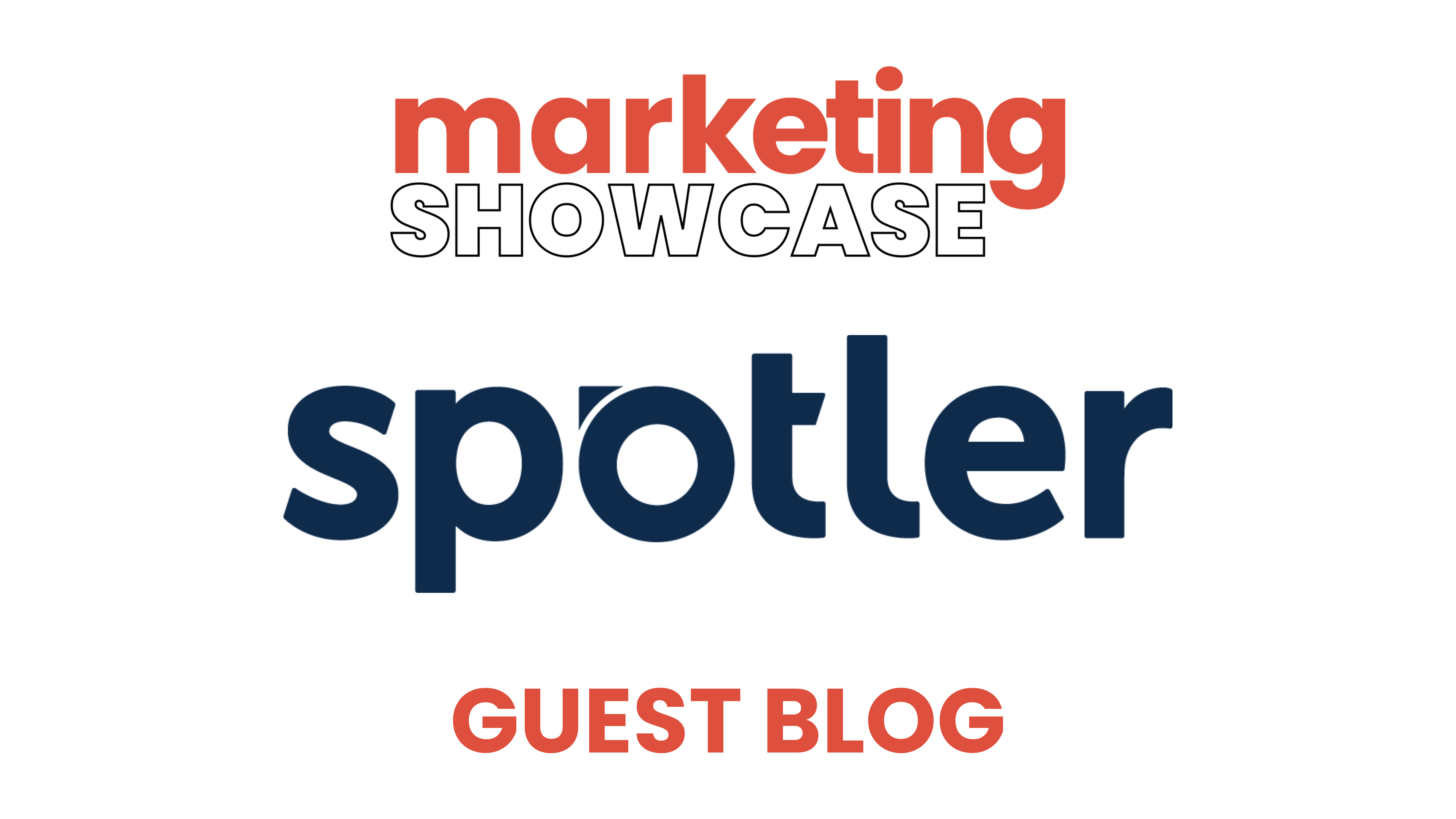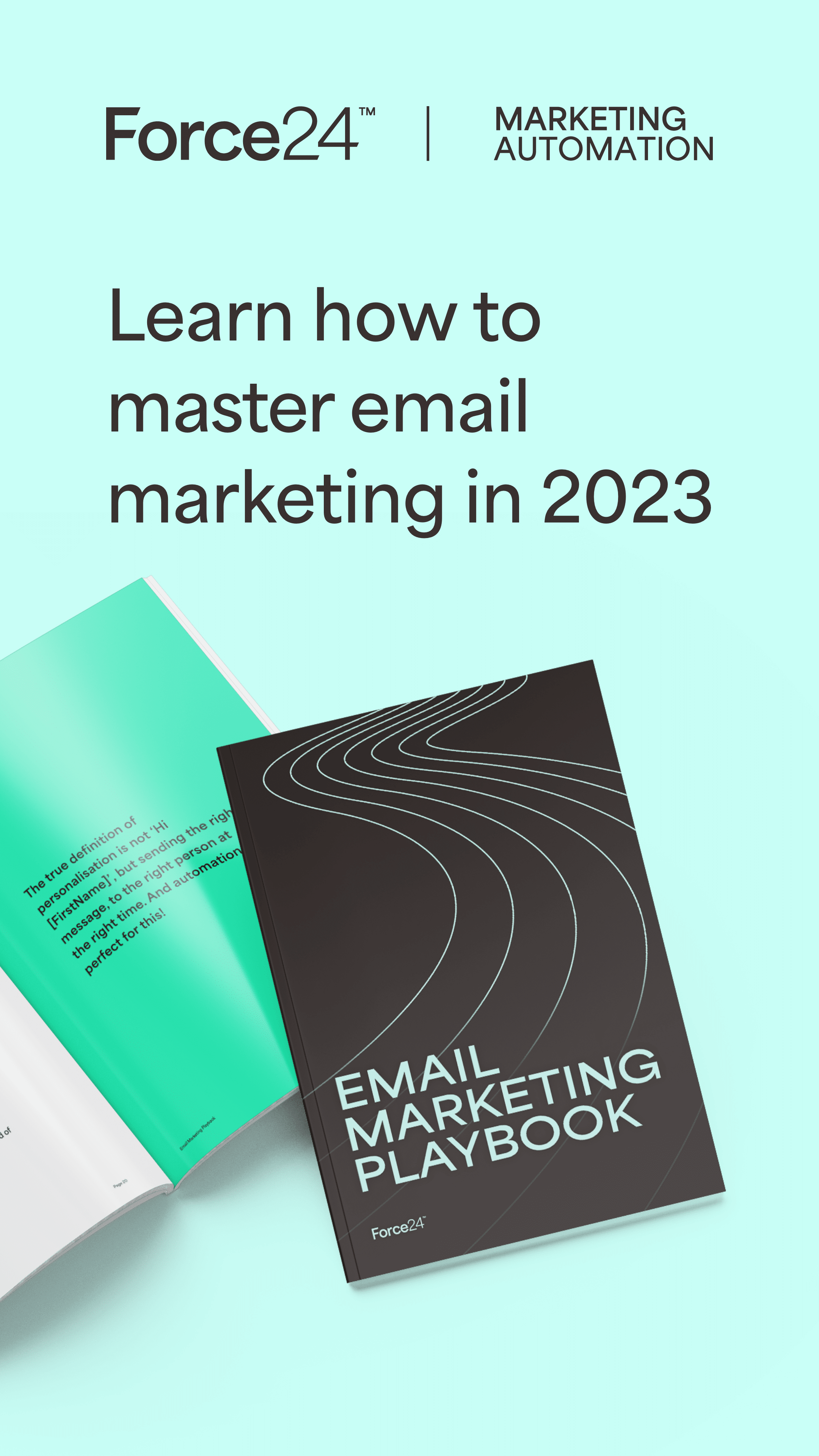Guest blog by Richard Wall – Marketing Campaign Manager at Spotler
Regular exhibitor at our events
Whichever stage of your marketing career you’re at, you know that sending exactly the same message to every contact in your list is unlikely to get the results you’re after.
So you look for ways to tailor your message to different audience members. A quick search of ways to start doing this spits out “personalisation” and “segmentation”. What are these, and why is the difference important?
What is segmentation?
Segmentation is about groups. It’s about the marketer breaking down their target audience into smaller clusters of people. These groups or segments are made up of people who share similar characteristics. Here are just a few examples of the types of characteristics you could use to segment your market:
- Demographics – age, gender, occupation or income.
- Sales funnel stages – awareness, evaluation, purchase, loyalty.
- Personas – aspects of people’s characters or circumstances that can be used to create realistic representations of key audiences.
If you want some more inspiration just take a look at our Ultimate Guide to eCommerce Segmentation.
What are the benefits of segmentation?
Simply put segmentation lets you target your market in smaller, bite-sized chunks.
By doing this you can target each segment separately with marketing that’s tailored to appeal to that particular group.
And you can use the characteristics they have in common to create relevant messages and targeting strategies.
What is personalisation?
Personalisation is about the individual. It doesn’t matter what segment they belong to because you’re tailoring the message just to them.
Unlike segmentation it’s about data that’s individually identifiable – things like their name or purchase history. It’s all used to create an experience that’s completely unique to the individual.
Here are some examples of the types of personalisation you could use:
- Their name or date of birth
- Their purchase history
- Which products they have browsed recently
If you’d like to know more take a look at our Essential Guide to Personalised Marketing.
What are the benefits of personalisation?
Personalisation enables you to deliver marketing messages that are only relevant to the individual.
It’s often designed to look like a one-off personal conversation between a customer and a brand.
The ability to deliver unique messages improves the effectiveness of your marketing. Pretty much every marketing metric can benefit from personalisation: conversion rates, website bounce rates, average order values, cost per acquisition, and customer lifetime value.
Additionally, personalisation works in real-time. While you might have rules in place to move people from one segment to the next, (e.g. moving from the ‘awareness’ to ‘evaluation’ sales stage), personalisation reacts to the now. A website powered by personalisation would react and change in real-time based on the real-time browsing behaviour of a visitor.
How are segmentation and personalisation different?
It basically comes down to granularity. Segmentation makes your marketing more relevant because you can target segments of people who share similarities. But within those segments, you can personalise your message to the individual.
There’s also a big difference between how segmentation and personalisation are managed.
Segmentation is controlled by the marketer – they’re the person who decides which customers fall into which groups. Segmentation can also require more heavy lifting by the marketer – they need to get to grips with who their customers are.
Personalisation is controlled by rules and machine learning. The individual actions or information is used to automatically generate content that is relevant only to them. This includes things like displaying dynamic content in emails, merging names in messages or including personalised recommendations on a website.
What do segmentation and personalisation look like in action?
It’s all very well theorising about personalisation and segmentation but what do they look like in practical terms? Well if you’re still confused remember this example:
Using segmentation a fashion retailer might segment their database by gender and then again by product preferences (outerwear, shoes, smart casual, accessories, etc). Each segment would then receive a targeted email campaign promoting relevant products.
With personalisation, they would be able to send a single campaign and let the content be decided by the individual’s product preference. Each person would potentially receive a completely unique email with relevant product recommendations.
The practical difference
The easiest way to tell personalisation and segmentation apart is which stage in your campaign you are using them in. Segmentation happens at the Audience level, or looking at the content blocks of your email.
Personalisation, on the other hand, will be found inside the content itself, most often in the greeting at the top.
This is an email that recently landed in the Info@spotler.co.uk inbox.
There are 2 things worth noting here.
Firstly the sender seems to have used segmentation to generate the greeting, rather than personalisation.
Secondly, hoping that a generic “info@” email address would go to the IT Manager is at best a shot in the dark. If this was a Spotler client, we would advise using a Salutation here, so you’re covered if you don’t have an accurate First Name value for contacts.
Why you need both segmentation and personalisation
Some marketers try and skip segmentation or personalisation, choosing to opt for one over the other. But if you want to supercharge your marketing you’ve got to use both together.
It’s good to start with segmentation mainly because segmenting your market will give you more clarity on the different types of people you’re targeting. It’s also a great place to start as you can use your segmentation strategy throughout your marketing channels from paid search and email to offline media.
But you shouldn’t stop with segmentation. The way marketers group different customers together to target them is still too broad to gain maximum appeal. Just because the customers are similar doesn’t necessarily mean they want and need the same things. If you want to pump up your conversion and engagement rates you’re going to have to explore personalisation.
Takeaway
If you’re getting segmentation and personalisation mixed up then you’re missing a trick. By using them together you can maximise the appeal of your marketing and see the benefits of both.
Guest blog by Richard Wall – Marketing Campaign Manager at Spotler
Regular exhibitor at our events

